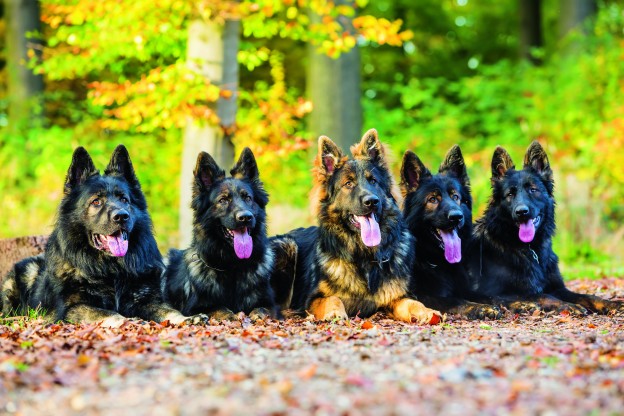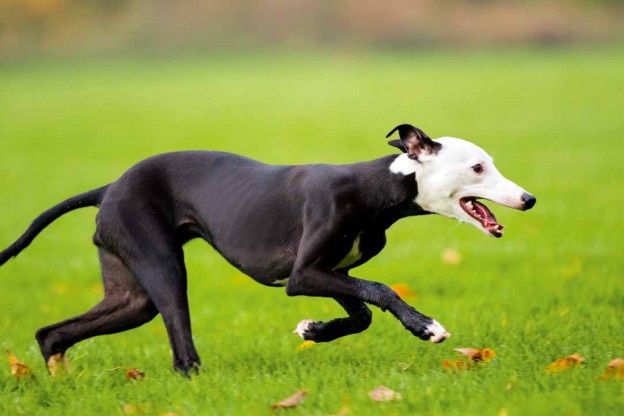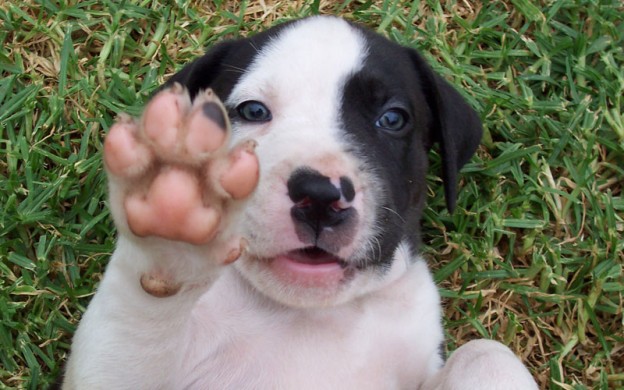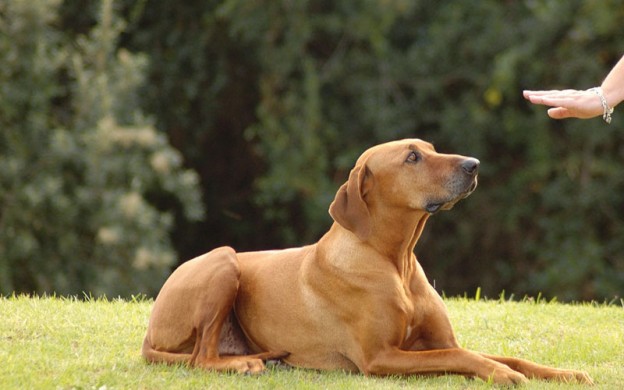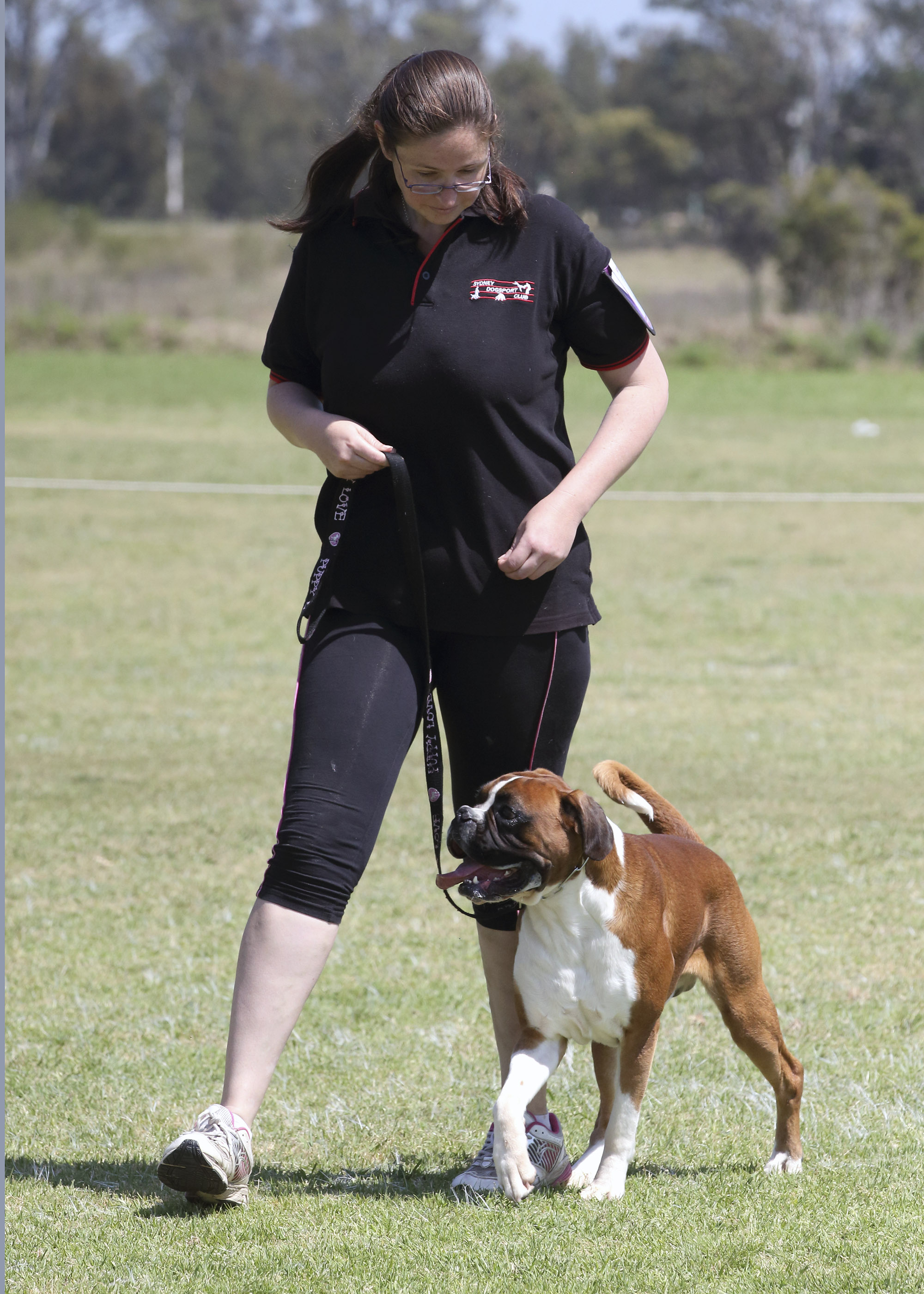
Kate Potter discovers what you should and shouldn’t be doing when it comes to training your pooch.
There’s an old saying that can explain many behavioural problems dog owners find themselves dealing with: “the road to hell is paved with good intentions”.
It sounds harsh, but there’s no denying that being a new dog owner can be a stressful experience. There’s a lot of information to take in and it can be hard to know what’s best for you and your dog.
You’re not alone, and good intentions can definitely wind up as good outcomes if you’re patient, consistent and aware of some basic concepts. Knowing how to manage the early stages of life with your dog can save long-term anguish.
Mel Chapman recently welcomed a Beagle puppy, Harvey, into their family. With three young children in the home, the addition of a puppy has provided the family with a lot of new challenges, some frustrations and many laughs.
“He’s a lovely dog. He’s pretty cute and has a wonderful, inquisitive character — but he does some crazy things,” says Chapman.
Understanding some of the common mistakes that owners make can help you ensure you and your dog get off on the right foot.
“Responding to crying will make him worse”
When you bring a dog into your home, he’ll be confused and stressed by the new environment, and it’s unlikely he’ll settle immediately. Giving your dog his own space to chill out, such as the laundry or a kennel, is a great idea. Don’t be afraid of helping your dog deal with his anxiety if he’s finding the experience overwhelming — with the right approach you won’t have to worry about reinforcing unwanted behaviour.
Sam Lewis from Sherlock Bones says, “Helping a new puppy or dog settle for the first night or two will not create any bad habits if it’s done correctly. It can greatly reduce the dog’s stress — and everyone else’s.”
When you bring a new dog home, make yourself available over the first few days to help him settle in. Be prepared for his arrival with appropriate food and bedding to make him feel comfortable. Good-quality toys and an exercise plan will also give him some much-appreciated mental stimulation.
“Dogs need to feel safe and secure — it’s very important to promote a relaxed, stress-free environment,” Lewis says.
Keeping calm and confident around your new dog will help him feel secure and let him see that it’s ok for him to relax, too. Dogs are very good at reading body language; encouraging the behaviour you want from day one is important and beneficial in the longer term.
“He’s too young (or old), to learn”
All dogs can learn, no matter their age. While promoting correct behaviour with a pup can be easier than fixing the bad habits of an older dog, nothing is impossible.
Young or old — be realistic about your dog’s potential for achievement, and tailor your training methods to suit the age and ability of your dog.
Lewis says, “Teach young puppies how to relax, the simple boundaries expected of them, and how to behave around humans. Old dogs can learn or unlearn good and bad behaviour if they’re given enough focus.”
Puppies have short attention spans, so will benefit from lots of quick training sessions rather than big blocks of time. Five minutes learning “sit” 10 times a day will be far more interesting and engaging for your pup than 50 minutes of training drudgery.
Chapman’s experience at puppy school with Harvey has proven challenging.
“When we do the training drills, he’s always nose to the ground and in his own world. I’m getting really good at the drills but Harvey’s still getting there!”
For older dogs, establish what motivates them and use that as a reward for good behaviour. It may be tug-of-war with a toy, a belly scratch or a tasty treat, though the latter should be used in moderation.
“Puppy school teaches dogs how to get along”
Socialising puppies is important for their development, but how and where play dates are done is just as significant.
Lewis says, “I see lots of problems come from big group classes where puppies are all let loose in something that looks like a mosh pit. While this looks amusing to us, this ‘organised chaos’ often teaches young dogs to bully or be bullied.”
Even if the dog does come out of such an experience unscathed, it may result in other problems down the track.
“Dogs who grow up thinking it is ok to run up and jump all over every other dog they meet have bad manners and start many dog fights. Dogs need to be taught how to do polite introductions and keep situations calm,” says Lewis.
“The best way to train dogs is with treats”
With puppies in particular, food-based training can help establish a trusting relationship. However, once the initial bond has been formed, the relationship will be made more meaningful with positive, physical rewards and voice tones rather than snacks.
Harvey not only has a keen nose, but a strong interest in food.
Chapman says, “We’ve been doing treat training and he responds well to that — if I say ‘sit’, he sits straight down and then looks up at me as if to say ‘do I get it now?’”
Lewis says, “Food rewards are fine for teaching some basic obedience, but teaching behaviour is a different matter.”
Relying on food when training your dog can lead to a situation where your dog won’t listen if he knows his tastebuds won’t benefit.
“You don’t want a dog that doesn’t respond when there’s no food or decides it would rather do something like chase a cat more than it wants the food.”
Knowing how to get your dog’s attention without food may mean the difference between life and death. Imagine what could happen if your dog ran towards traffic — being able to stop him with just your voice can be one of the most valuable training tools you can have.
“He’ll grow out of it…”
“Things that are all fun and games can seem harmless with puppies, but think about if you want your fully grown dog behaving in the way you are promoting with your pup,” says Lewis.
When Harvey first moved in to the Chapman’s home, he would often nip their young children while they played together. Chapman knew she didn’t want that to continue, so she worked with her kids to help them understand how to deal with it.
“When he tries to jump on the girls or nip their clothes, we’ve taught them to stop running, say ‘no’ firmly, turn their backs on him and walk calmly away. He has responded really well to them doing that.”
Whether it’s rewarding your puppy with a pat when he jumps on you or picking him up and putting him on your lap when he requests it, take a moment to consider if it’s behaviour you’ll enjoy as much when he’s doubled in size. Teach your pup the difference between right and wrong and that things like jumping up or sitting on the couch are done on your terms, not his.
Wikipedia says there’s an alternative to that old saying about hell and good intentions: hell is full of good meanings, but heaven is full of good works — which just goes to show, working hard with your dog can lead to a great relationship and many good times.



